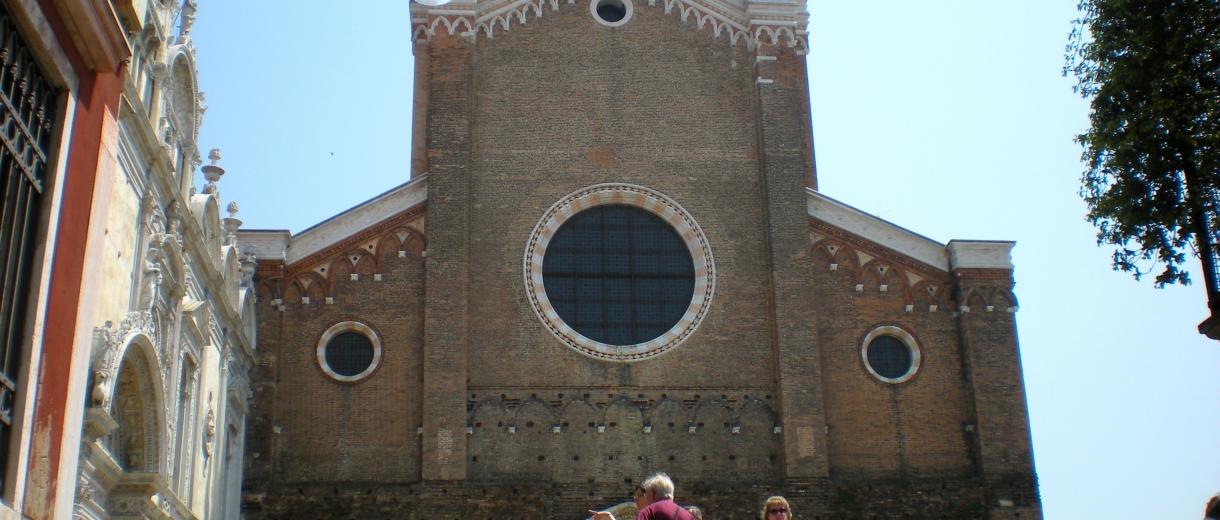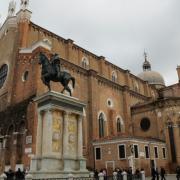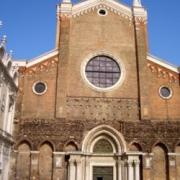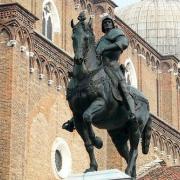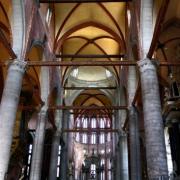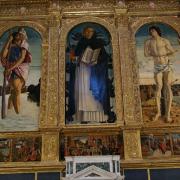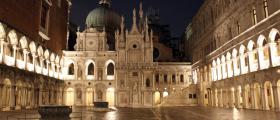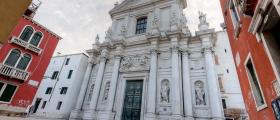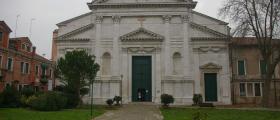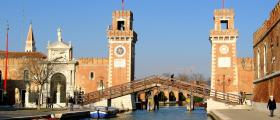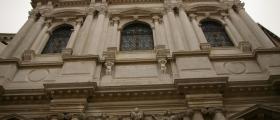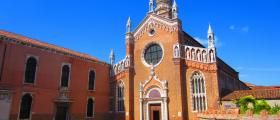Saints John and Paul Basilica
Venetian people call it San Zanipolo (dialect). Together with the Frari Basilica it is the bigger medieval building of the city.
Inside of it, many Doges and important characters of Venice have been buried already since ‘200, so that the church is almost considered to be a Pantheon.
The building faces Saint John’s and Paul’s Campo (Square). This area is really nice to visit, not only for its history, but also for its life and atmosphere cause it still preserves the atmosphere and the typical characteristic of Venice that are now lost in the more tourist zones such as Saint Mark’s and Rialto .
The church has been built by Dominican Friars and its origins, according to the legend, are to be assigned to some visions of Doge Jacopo Tiepolo. The first building dates back to 200 and since then it was dedicated to Saints John and Paul (died as martyrs in the IV century). Not too much time went through before the extension of the Basilica to nowadays dimensions, as Dominicans were really prosperous in that epoch and constantly growing in number. The building was completed in 1343, though its decoration works kept going on for almost a century. The Basilica was consecrated only in 1430, namely on November 14, and since then it was constantly embellished with various operas: paintings, sculptures, sepulchral monuments, the majority of which stolen during the Napoleonic supremacy (during this period the confraternity split up).
The plan of the Basilica has a Latin Cross shape, one big nave and two big aisles (the church is more than 100 metres long!!!), separated by some rows of columns. There is also a transept (whose wideness is 45 metres) and on its sides lie many chapels. In the central nave, signs of the existence of the Frari’s Choir are present (as in the Frari’s Basilica): the two altars of Saint Catherine and Saint Joseph. The Choir was pulled down because the space they occupied was needed to celebrate solemn Masses, like, for example, the Doge’s funerals. The Basilica is more than 30 metres high: to contrast the heavy loads of the walls, wooden tie rods have been built (a technique highly used in that epoch). The quantity of operas preserved inside this Basilica is really amazing. There is not even a spare centimetre!!! Many have been given to the families of the important people that are buried inside this place of worship.
The façade of the Basilica (decorated with operas by Bartolomeo Bon, Domenico Fiorentino and Magister Luce) is very high, tripartite, and has a big and central rose window and two “eyes” on its sides. On the lower part there are six gothic niches, very big, that guard as many sepulchres, and the portal. This one is very big, too, adorned with marble columns carried on stage in 1459. On top of the central part of the façade there are three aedicule, with the saintsTommaso D’Acquino, Domenico and Pietro Martire (all Dominicans of course).
The dome, added during the 400, reaches an external height of 55 metres. It’s incredible to see how buildings of such dimensions could be built without nowadays means! Close to the Basilica other buildings and chapels can be found, all on the side of the Campo, among which the convent rebuilt in 600 by Longhena and now used as the Civil Venetian Hospital lies. On the back gothic-windowed apses can be admired: an inestimable expression of the late Venetian Gothic style.
The Basilica can be visited every day from 7.30 to 12.30 and from 15.30 to 19.30. The telephone number for information is (+39) 041 523 59 13. To reach it public boats can be used (“Ospedale” stop) or you can reach it on foot, from Saint Mark's square it’s a nice walk of 15-20 minutes.

